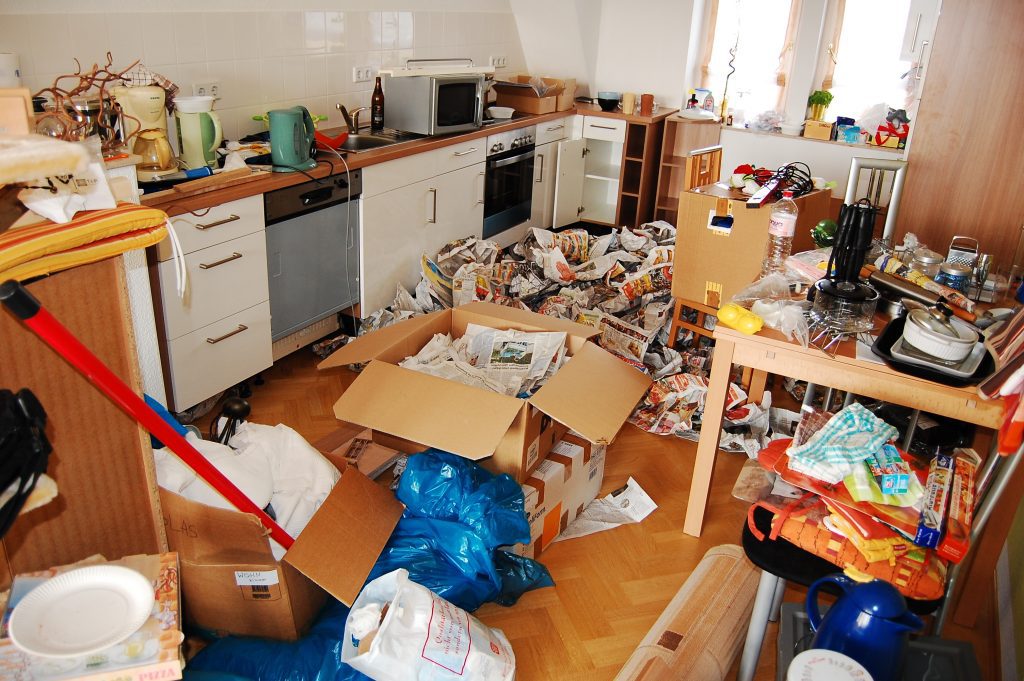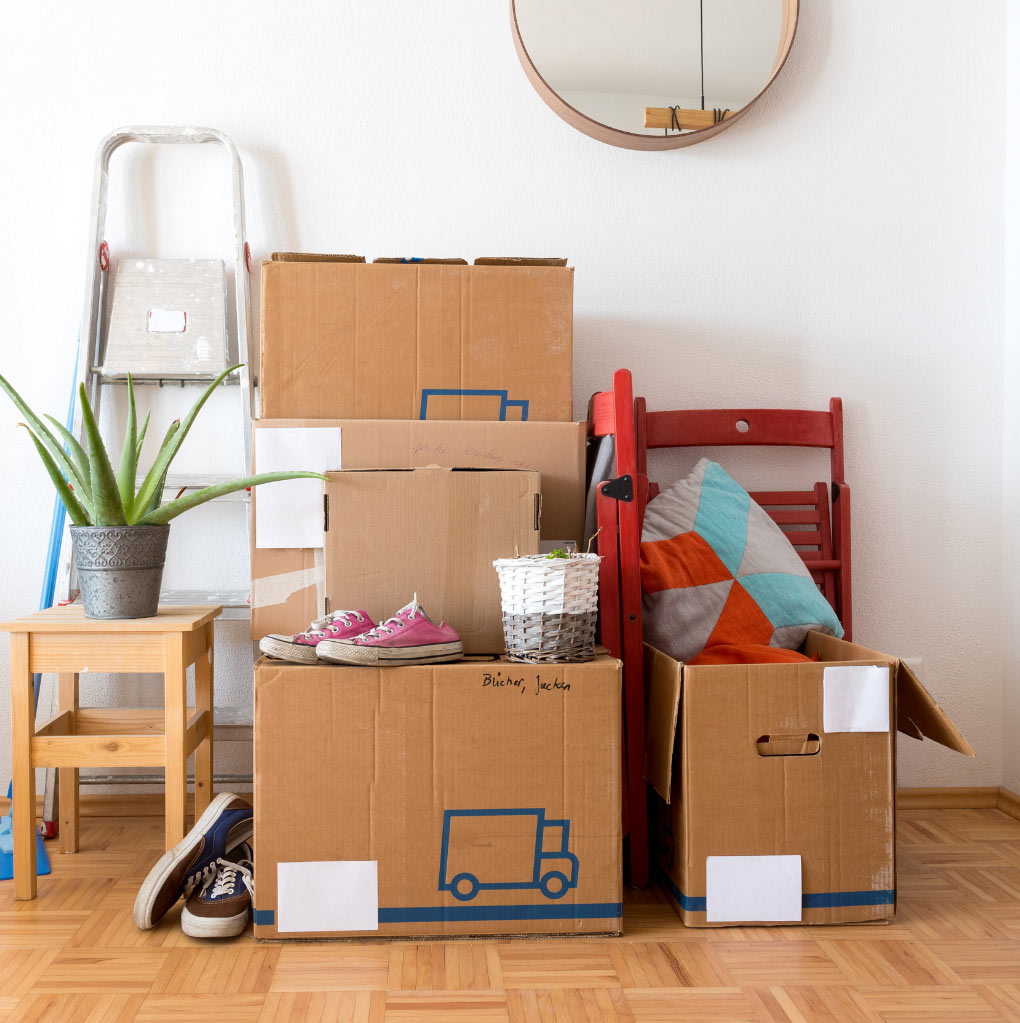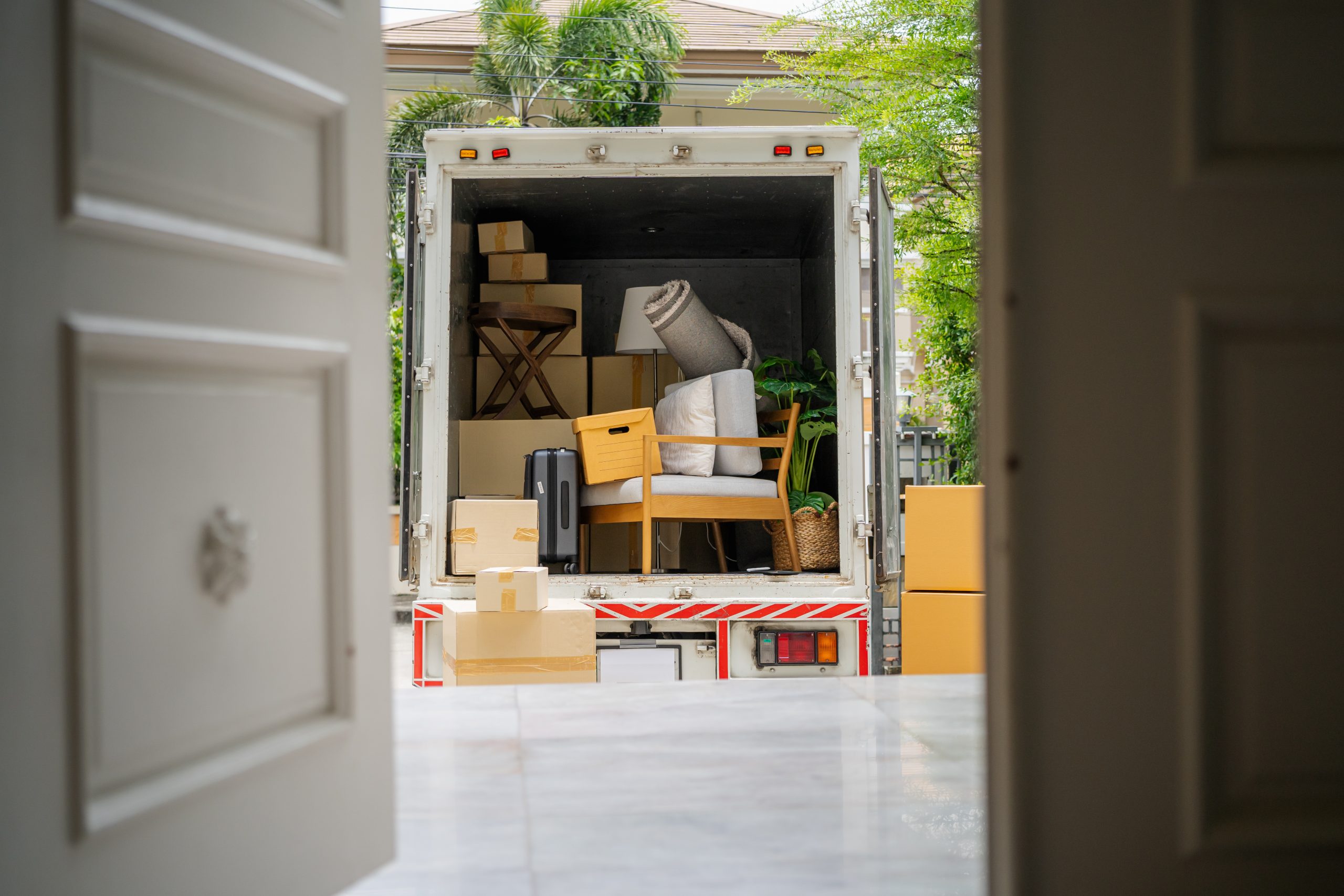Moving house is an exciting but challenging task that requires careful planning and organisation. One of the most crucial aspects of moving is deciding what to pack and what to leave behind. This decision can be overwhelming, as we often accumulate many belongings over the years. However, with a systematic approach and some practical tips, you can streamline the packing process and ensure that you only take what is essential to your new home. In this article, we will guide you through the process of making those tough decisions and help you simplify your move.
Assessing Your Needs
Before you start packing, take some time to assess your needs and evaluate the items you own. Here are a few steps to help you get started:
- Room-by-Room Evaluation: Begin by going through each room in your current house. Assess the items in each room and consider their relevance and usefulness in your new home. Take note of any items that are damaged, outdated, or rarely used.
- Consider the Size: Think about the size and layout of your new home. If you’re downsizing, you may need to be more selective about what you bring along. Consider whether certain furniture or appliances will fit into the new space.
- Seasonal Items: Identify items that are seasonal or specific to your current location. For example, if you’re moving from a cold climate to a warmer one, you might not need as many heavy winter coats or snow equipment.
- Prioritise Essential Items: Make a list of items that you absolutely need or have sentimental value. These are the things you should focus on packing first.
Sorting and Decluttering
Once you have assessed your needs, it’s time to sort through your belongings and declutter. This step is crucial in minimizing the number of items you’ll need to pack and ensuring a fresh start in your new home. Here are some practical tips for sorting and decluttering:
- Set Aside Time: Dedicate specific time slots for decluttering each room. This will help you stay organized and prevent overwhelm.
- Create Sorting Categories: Create categories such as “keep,” “donate,” “sell,” and “discard.” As you go through each item, assign it to the appropriate category.
- Be Honest with Yourself: Ask yourself whether you really need or use each item. If it’s been sitting in storage for years, it’s likely time to let it go.
- Consider Sentimental Value: Some items may not be useful, but they hold sentimental value. Set aside a designated space for these sentimental items, ensuring they won’t clutter your new home unnecessarily.
- Donation and Selling: Consider donating or selling items that are in good condition but no longer serve you. This not only helps you declutter but also benefits others in need.
- Get Rid of Duplicates: Identify duplicate items and keep only one of each. For example, if you have two blenders, consider keeping the newer or more efficient one and donating or sell the other.
Packing Strategies
Now that you’ve decluttered and sorted your belongings, it’s time to pack strategically. Here are some effective packing strategies to make your move more efficient:
- Start Early: Begin packing well in advance to avoid last-minute stress. Begin with items you don’t frequently use, such as seasonal decorations or books.
- Pack Room by Room: Pack one room at a time and label each box with its contents and the room it belongs to. This will make unpacking much easier when you arrive at your new home.
- Protect Fragile Items: Wrap fragile items in bubble wrap or packing paper to ensure they are protected during the move. Place them in sturdy boxes with proper padding or use specialised packing materials for extra protection.
- Utilise Suitcases and Bags: Make use of your suitcases and bags to pack clothing, linens, and other soft items. This saves space and reduces the number of boxes needed.
- Maximise Space: Fill empty spaces in boxes with smaller items or clothing to maximise space utilisation. However, be mindful of not overpacking boxes, as they may become too heavy to carry.
- Label Boxes Clearly: Clearly label each box with its contents and the room it belongs to. This will save you time and effort when unpacking.
- Essentials Box: Pack an essentials box containing items you’ll need immediately upon arrival, such as toiletries, a change of clothes, and important documents. Keep this box easily accessible during the move.
- Take Inventory: Keep a detailed inventory list of all your packed boxes. This will help you keep track of your belongings and ensure nothing goes missing during the move.
Items to Consider Leaving Behind
While it’s important to bring along items that are essential and hold sentimental value, there are certain things you might want to consider leaving behind. These include:
- Outdated Electronics: Old electronics that you no longer use or that are incompatible with your new home’s technology.
- Worn-Out Furniture: Furniture that is damaged, uncomfortable, or doesn’t fit your new home’s aesthetic.
- Expired Items: Get rid of expired food, medications, and toiletries to avoid cluttering your new space with items that are no longer safe to use.
- Unnecessary Paperwork: Go through your paperwork and discard outdated documents, unnecessary receipts, and paperwork that can be digitised.
- Unused Kitchen Appliances: Assess your kitchen appliances and consider leaving behind those you rarely use or have duplicates of.
- Clothing and Accessories: Donate or sell clothing and accessories that no longer fit, are out of style, or haven’t been worn in a long time.
Conclusion
Deciding what to pack and what to leave behind when moving house can be a challenging process. However, by assessing your needs, sorting and decluttering, and following effective packing strategies, you can simplify the task and make your move more organised and efficient. Remember to be selective and only bring along items that are essential, useful, or hold sentimental value. By doing so, you’ll start fresh in your new home with a clutter-free and welcoming environment.


My name is Benjamin Blaze, and I’ve always had a passion for creating something out of nothing. From a young age, I knew that I wanted to build a business that not only provided a valuable service but also stood out from the rest. Little did I know that my journey would take me through the heart of the UK’s removals industry, allowing me to discover my true talents in marketing and ultimately transforming the way removals companies present themselves to the world.







